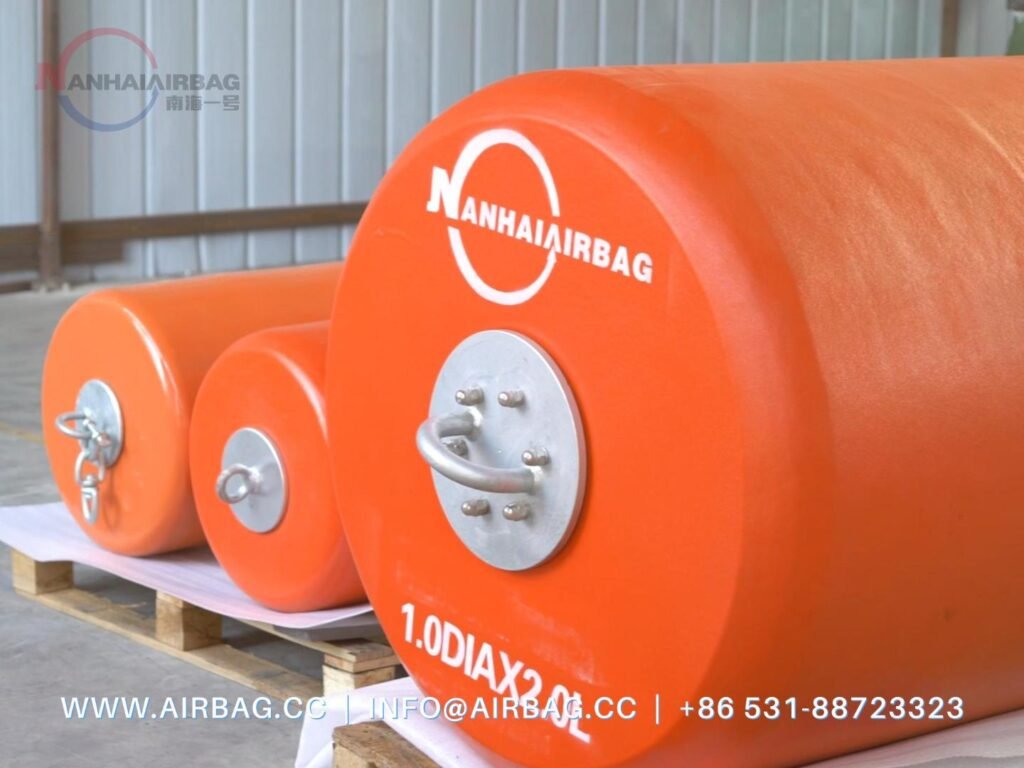How To Choose Pneumatic Fenders
08/05/2024Rubber Fenders
08/07/2024Foam-Filled Fenders’ Characteristics And Uses

Foam-filled fenders, also known as foam-filled marine fenders or foam fenders or polyurethane fenders, are a type of inflatable fender used in marine applications. They are typically composed of polyurethane material, supplemented with steel or rubber inserts and a suitable fixing system. These designs efficiently protect dock facilities and vessels while offering durability and operational performance. They are designed to absorb kinetic energy during berthing and docking operations to prevent damage to vessels and structures. Here are some key characteristics and uses of foam-filled fenders:
- Construction: Foam-filled fenders consist of an outer rubber or polyurethane skin, and are filled with closed-cell foam. This construction provides buoyancy and structural integrity.
- Buoyancy and Impact Absorption: The closed-cell foam inside the fender provides buoyancy and helps absorb impact energy from ships. This makes them effective in preventing damage to both vessels and docks or other structures during mooring.
- Durability: They are highly durable and resistant to wear and tear, as the outer skin protects the foam core from environmental factors such as UV radiation, seawater, and abrasion.
- Variety of Sizes and Shapes: Foam-filled fenders come in various sizes and shapes to accommodate different vessel types and docking conditions. Common shapes include cylindrical foam fedners, spherical foam fenders, donut fenders and D-shaped foam fenders.
- Applications: They are used in various marine environments, including ports, harbors, docks, and offshore platforms. Their effectiveness in absorbing energy and their durability make them preferred choices for vessel berthing and mooring operations.
In summary, polyurethane fenders play a vital role in maritime safety through their excellent cushioning performance, durability and adaptability. They not only play a key role in protecting ships and dock facilities, providing important support and protection for safe interactions between ships and docks, but also reduce operating costs and improve operational safety. They are an indispensable and important part of modern port and ship management.
